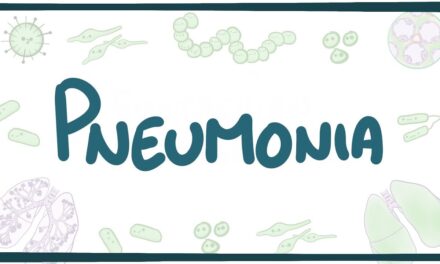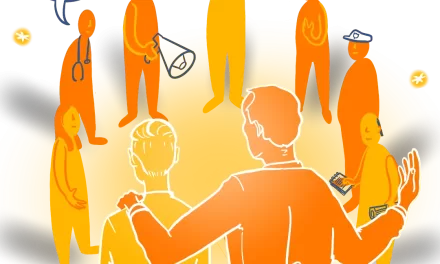In recent months, Americans have encountered empty egg shelves at grocery stores, a direct result of the escalating threat of avian flu. The outbreak has forced farmers to cull millions of chickens in an effort to prevent further spread. While this disruption has caused inconvenience, it also serves as a stark reminder of how vital eggs have been in the battle against pandemics—and how sheer luck has sometimes played a role in averting disaster.
The Role of Eggs in Pandemic Prevention
Nearly 70 years ago, virologist Maurice Hilleman recognized the critical role of eggs in vaccine production. He wasn’t worried about his breakfast—he needed fertilized eggs to manufacture vaccines that could stop a looming influenza pandemic. His foresight played a crucial role in containing the 1957 influenza outbreak, which threatened to be as deadly as the notorious 1918 pandemic that killed millions worldwide.
Influenza is an unpredictable virus, constantly evolving through antigenic drift and, occasionally, a dramatic antigenic shift. The latter can render existing immunity ineffective, heightening the risk of a widespread pandemic. In April 1957, Hilleman read about an alarming outbreak in Hong Kong, quickly identified it as a new strain, and worked with vaccine manufacturers to ramp up production—a decision that likely saved countless lives.
Learning from Past Pandemics
By the mid-20th century, scientists had made significant progress in understanding influenza, leading to the development of vaccines. However, widespread public adoption was still a challenge. While military personnel routinely received flu shots, the general public did not view influenza as a serious threat.
In response to the 1957 outbreak, the U.S. government launched public awareness campaigns, urging Americans to get vaccinated. Despite these efforts, vaccination rates remained moderate. Fortunately, the 1957 strain proved to be less deadly than its 1918 predecessor, allowing the U.S. to escape the worst-case scenario.
The Role of Luck in Public Health
The 1957 pandemic response benefited from several strokes of luck: Hilleman happened to notice the newspaper report early, vaccine production ramped up just in time, and the virus itself was not as lethal as feared. These factors combined to prevent a major catastrophe.
Since then, public health experts have worked to improve surveillance, vaccine development, and pandemic preparedness. Despite these advancements, flu viruses remain unpredictable. Subsequent pandemics in 1968 and 2009, as well as false alarms in 1976, demonstrated how difficult it is to predict the next major outbreak.
The Current Threat
Today, avian flu poses a renewed threat. With millions of chickens culled and concerns about new viral mutations, experts are watching closely. The U.S. has better medical and public health infrastructure than in past decades, but preparedness does not guarantee immunity from disaster. If a novel strain emerges with high transmissibility and severity, will the country be lucky again?
Conclusion
The lessons of 1957 remind us that while scientific progress is crucial, luck has historically played an undeniable role in pandemic prevention. Vigilance, rapid response, and vaccine availability remain key in mitigating future threats. But as history has shown, influenza’s unpredictability means the next pandemic could emerge at any time.
Disclaimer: This article is based on historical events and expert analyses. While it highlights past responses to influenza outbreaks, it does not constitute medical or public health advice. For current guidance on avian flu and influenza prevention, consult official health organizations such as the CDC and WHO.












